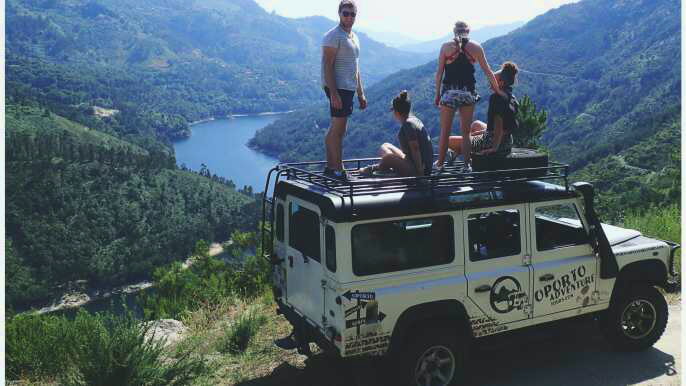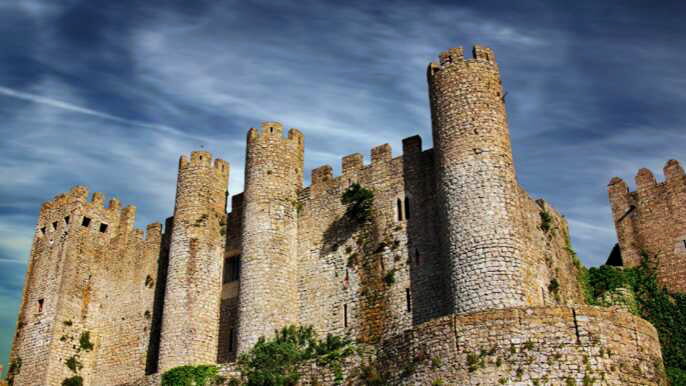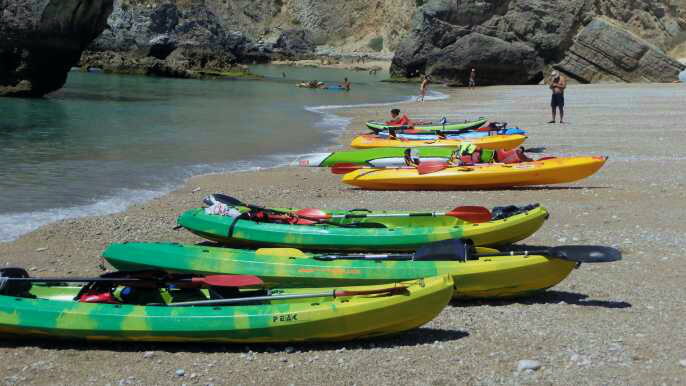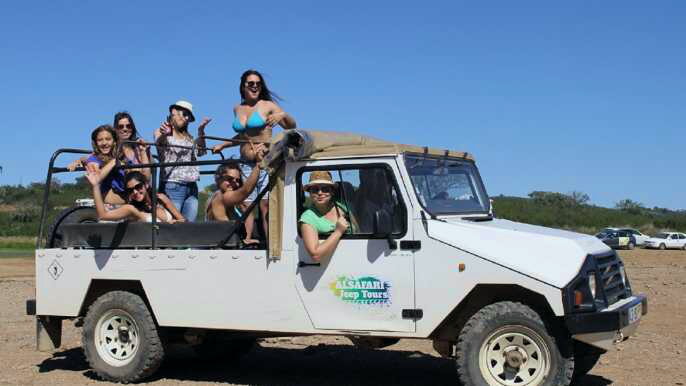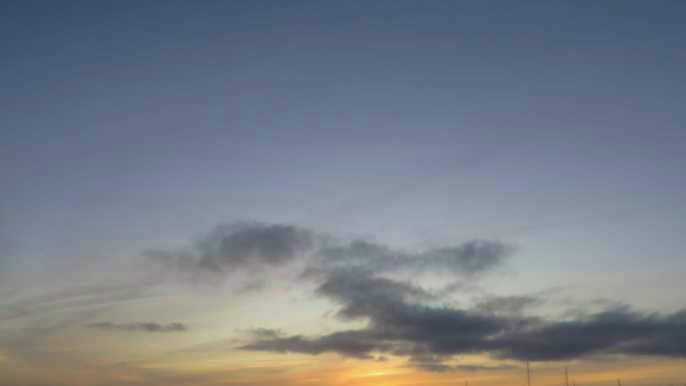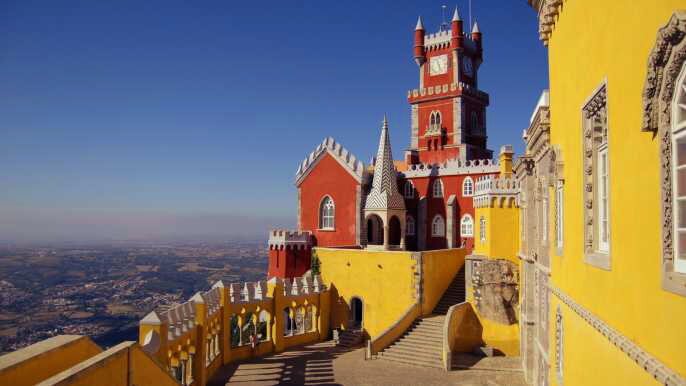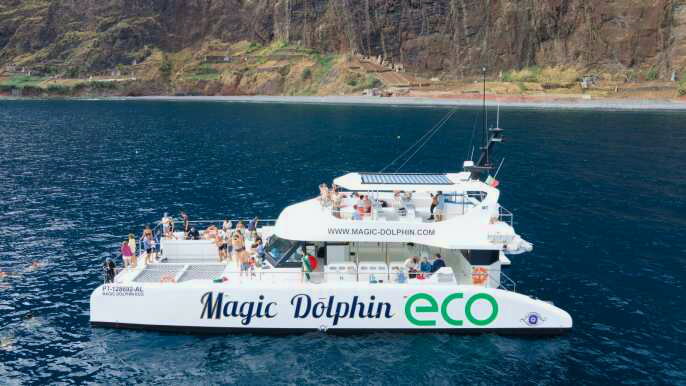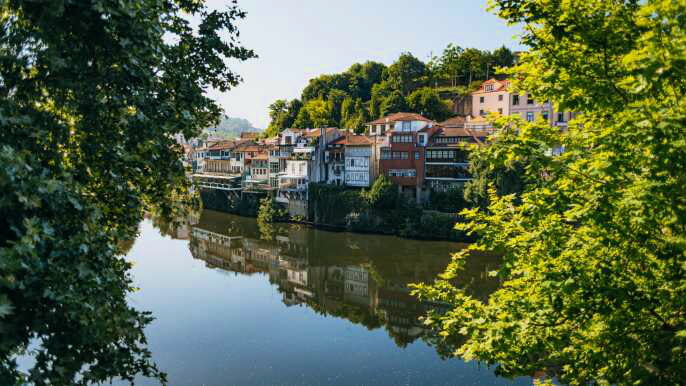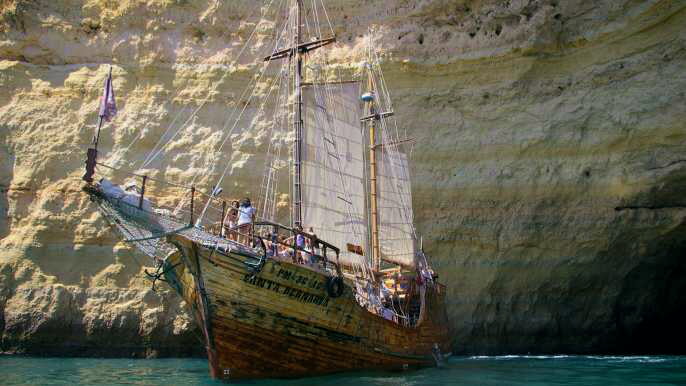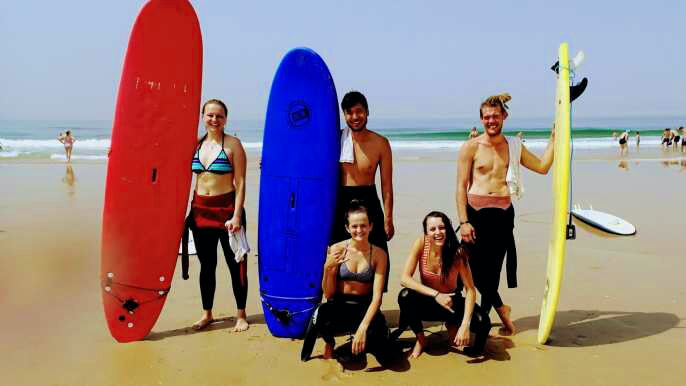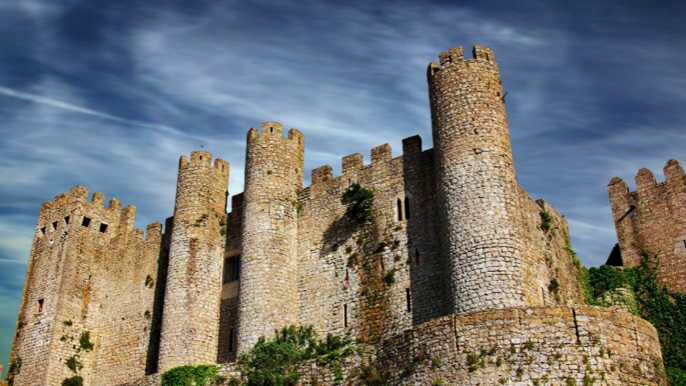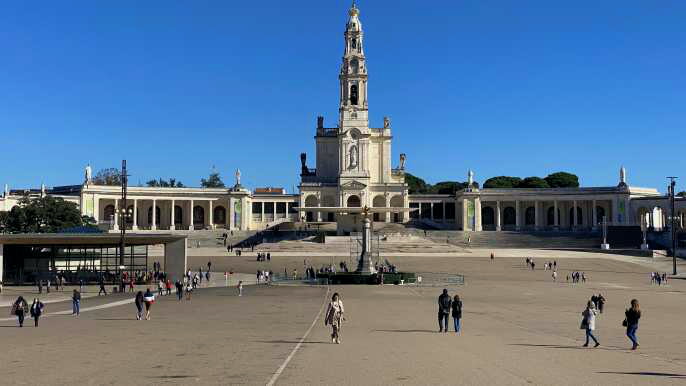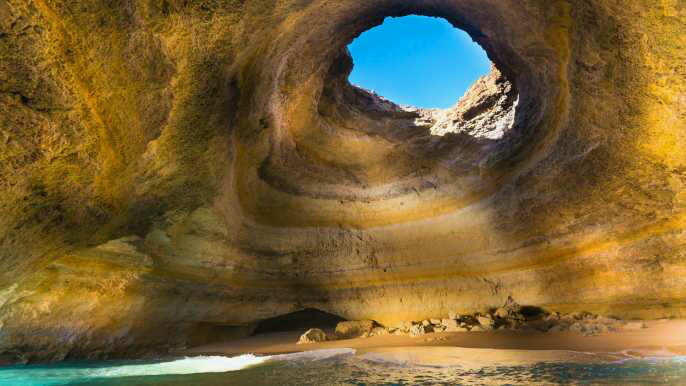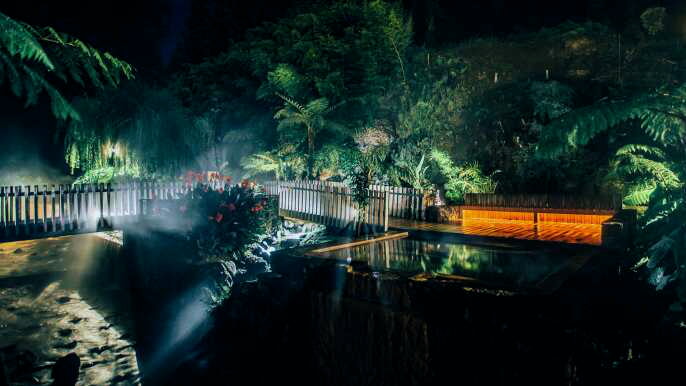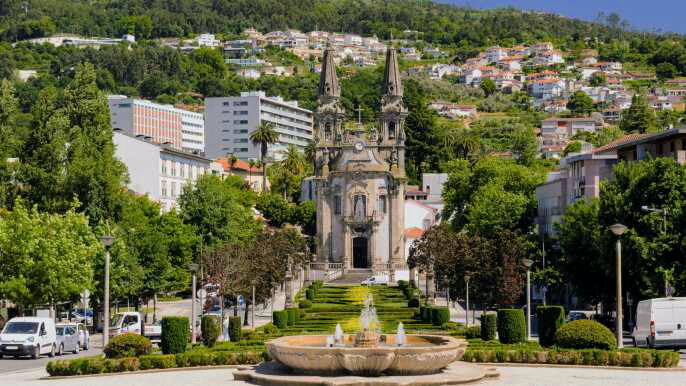Faro is a vibrant city with a dazzling array of attractions, from wildlife spotting adventures to thought-provoking museums. Whether you’re here on holiday or you live in the area, there are plenty of things to do in Faro.
The Cidade Velha is the town’s main attraction, with pastel hued homes lining cobbled lanes. The gilded buildings, stunning stained glass windows, and intricate tilework are all a must see.
1. Arco da Vila
One of the most famous and well-loved landmarks of Faro is Arco da Vila, or “City Arch.” This neoclassical gateway separates the old quarter (Cidade Velha) from the rest of town. It was built in 1812 on the site of a medieval gate that dates back to the Moorish occupation and was partially destroyed by an earthquake in 1755.
The arch was designed by Genoese architect Francisco Xavier Fabri, who also decorated it with a marble statue of Saint Thomas Aquinas. Storks, who are a permanent part of the Algarve landscape, have also made a nest on top of the arch.
The outer part of the arched portal has glazed tile inscriptions that read “ARCO DA VILA” (“Town’s Gate”). In 1992, the inner portion was restored to its original state and it is now free of 19th century plaster.

2. Cidade Velha
Cidade Velha, the historic centre of Faro, is home to many fascinating attractions. The city’s neoclassical Arco da Vila is on the site of a gate that was once part of Moorish walls; the Pillory Square features an ornate 16th-century marble pillar.
There are also elegant churches and fascinating museums in the capital of the Algarve. The municipal museum, in a 16th-century convent, displays prehistoric and medieval artifacts.
For those who are interested in nature, there’s a great day trip to Ria Formosa Natural Park. This half-day tour leaves from Faro and takes you to four of the islands in the park—Deserta, Farol, Culatra, and Hangares—via a catamaran.
3. Capela dos Ossos
The Capela dos Ossos, or ‘Chapel of Bones’, is one of the most unique religious monuments in all of Portugal. This small chapel is covered with the bones of over 5,000 people to serve as a reminder that life is short and that death is inevitable.
The chapel was started in the 16th century as a response to the overcrowded graveyards that were taking up space in the city of Evora. The bones were gathered from local cemeteries and arranged into intricate patterns to create a memento mori that would remind people of the fragility of human life.
Another interesting feature is the written message above the entrance door, which reads, “Nos ossos que aqui estamos, pelos vossos esperamos” (our bones that are here, for yours await). This is the most famous bone chapel in all of Portugal and it’s well worth visiting for its uniqueness.
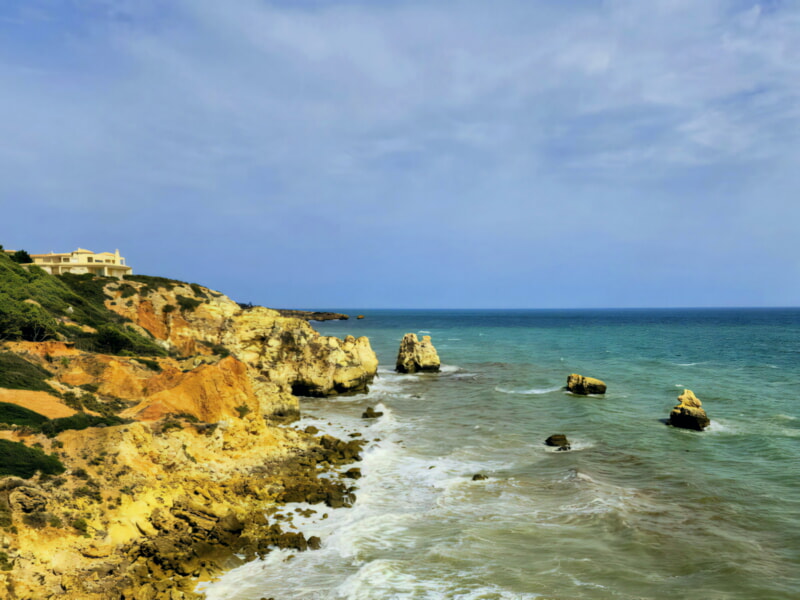
4. Maritime Museum
If you're a history buff, or simply love the sea, a visit to Faro's Maritime Museum is a must. Situated right on the marina at Capitania de Porte de Faro, it provides a fascinating insight into the city's maritime tradition with models of sail and naval ships and a collection of nautical memorabilia.
It's the perfect way to spend a few hours, and fits in well with a stroll around the green waterfront areas and lavish yachts that characterise the area. The museum also showcases a range of interesting items that were salvaged from the beach and ocean, as well as shelves and display cases filled with authentic navigation instruments and model ships.
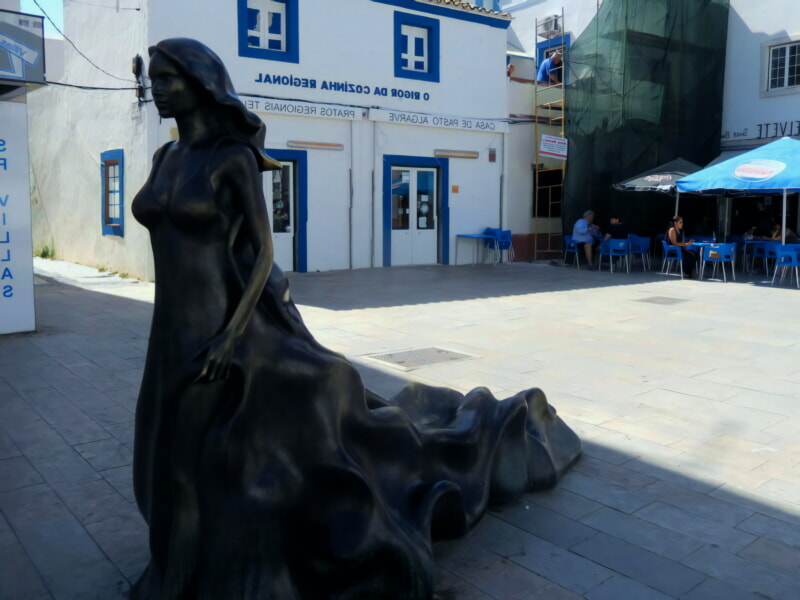
5. Centro Cultural de Faro
Despite being overlooked by famous Algarve destinations such as Tavira and Lagos, Faro is a quaint, charming city with plenty to offer. Its natural beauty and cultural vibrancy make it a must-visit for anyone exploring the region.
A great place to start is the Centro Cultural de Faro, which is home to art galleries, a planetarium, and cinema. It also hosts fun games and activities that teach you about Faro’s history and culture.
Located in the Cidade Velha district, this beautiful, world-class museum is a must-see on any trip to Faro. Its exhibits cover a variety of scientific topics, including astronomy, tectonic plates and earthquakes, kinetic energy, and tides.
